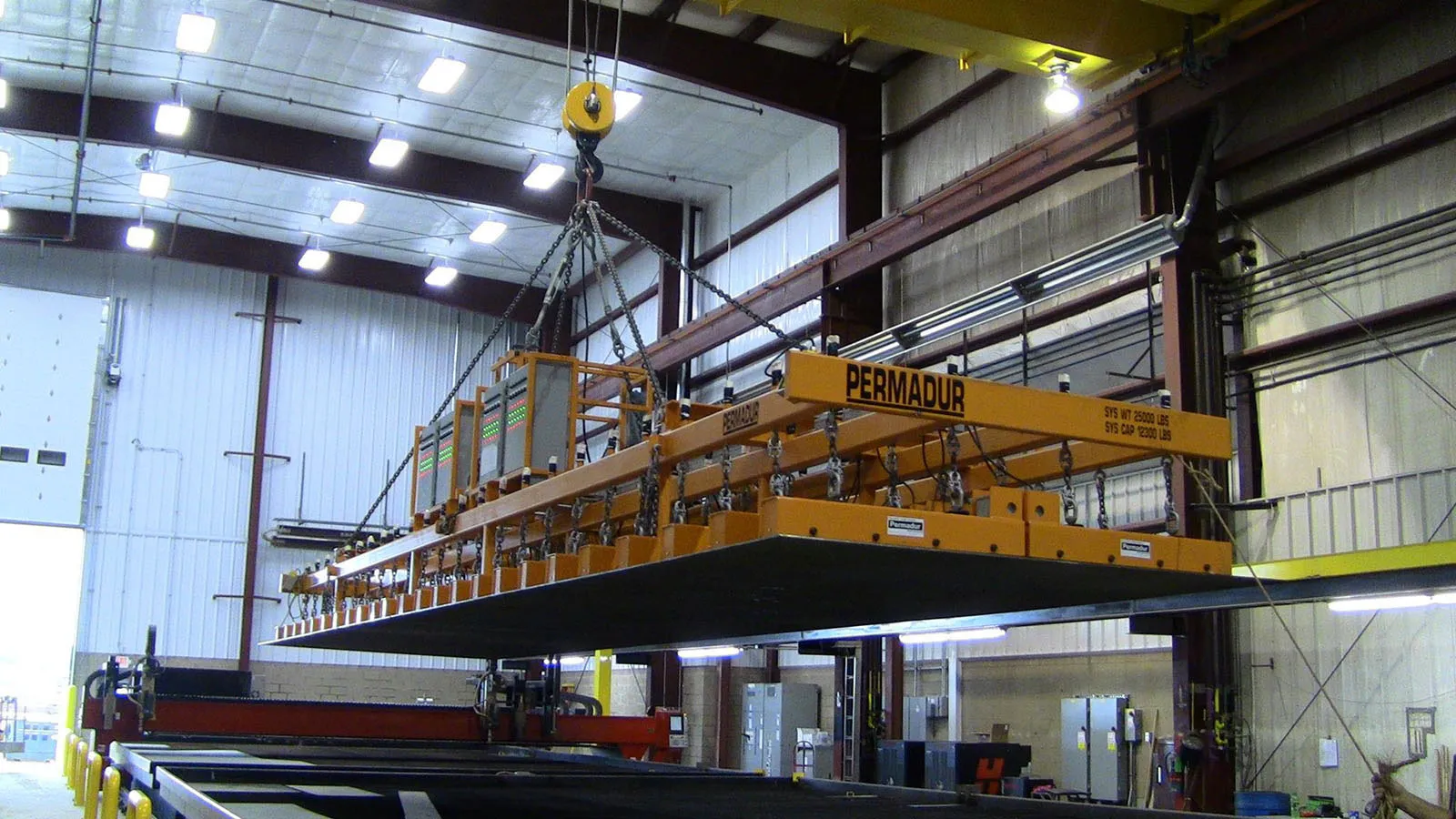Many facilities rely on electromagnets for lifting steel and iron, but that reliance can bring overheating problems. It is frustrating to pause operations or risk equipment damage because coils run too hot when demand is high. Maintenance crews often see wires melt or insulation crack if the magnet is pushed beyond its recommended operating time. Those complications lead to unplanned downtime, safety concerns, and higher repair costs.
Staying ahead of these issues is vital for any workplace that handles large loads. Excessive heat makes electromagnets unpredictable, which raises the risk of dropping valuable parts. Permanent lifting magnets solve this problem by working without electrical current, avoiding the thermal buildup that troubles coil-based devices. They also remove concerns about strict duty cycles, so it is no surprise that many employers prefer this cooler-running approach.
What Makes Coils Heat Up So Much?
In most electromagnets, electrical current moves through a coil that produces a magnetic field. The winding creates resistance, and that resistance causes heat. The internal temperature climbs if the coil runs too long or at higher currents. Industrial safety publications discuss this as a leading cause of magnet downtime. Even if a system includes cooling fans, the heat can overwhelm those efforts when lifting jobs are frequent. Some factories schedule rest periods or alternate magnets to manage heat, but that disrupts workflow.
- Prolonged current flow leads to continuous heat generation.
- Warm ambient conditions make it harder for the coil to cool.
- Limited airflow around the magnet traps hot air and wears down insulation.
Workers may see higher energy use, slower lifting speeds, or electrical breakdowns. If the coil's temperature keeps rising, that creates real worries about safe load handling. It also demands extra inspections to catch problems early. Official groups encourage routine checks, but there is no guarantee that overheating will not cause trouble if an electromagnet is run near its limit.
Why Permanent Lifting Magnets Run Without Heat Buildup
Some facilities switch to permanent lifting magnets because the coil in an electromagnet is prone to failure when overheated. A permanent magnet does not rely on electric current to grip a load. Its core is magnetized internally, so no wires or windings are required. That design means there is no coil insulation to stress over, no risk of meltdown, and no forced downtime for cooling.
In contrast to an electromagnet that can lose power if its winding is damaged, a permanent magnet's strength does not depend on electrical flow. Many trade journals reference fewer maintenance stoppages for those who adopt permanent magnets. When the power flickers, that magnet holds steady because there is no energized coil to fail. This combination of reliability and cooler operation draws interest from various industries.
It stays stable for extended tasks and does not need a built-in fan or cooling cycle. This lowers the likelihood of dropped loads and cuts back on repair spending.
Does OSHA Provide Clear Guidance on Overheating Hazards?
Anyone in charge of overhead cranes or below-the-hook devices is generally aware of OSHA 29 CFR 1910.179. Although the rules do not list specific temperature restrictions, they do require regular inspections and following the manufacturer's recommendations. If an electromagnet's instructions call for rest times to prevent heat damage and that is ignored, safety standards may be violated.
Many crane manufacturers caution that pushing an electromagnet too hard invites coil problems and dropped loads. That can lead to fines, injuries, or investigations. A permanent lifting magnet removes these heat worries and cuts the chance of unplanned stoppages. With no coil to worry about, teams do not have to wait between lifts or guess how much cooling time is left. This approach aligns better with workplace safety goals since no heat-based failure mode is waiting to happen.
It helps if the work crew follows all device guidelines. A magnet with fewer heat issues brings more consistent performance and fewer disruptions.
How to Transition to a Cooler Lifting Approach
Shifting from coil magnets to permanent lifting magnets starts by confirming load requirements. The magnet must handle the maximum plate or part weight with room to spare. It also helps to check how the parts are shaped and whether they have clean, flat surfaces. Some workplaces begin by installing one permanent magnet in a busy area to compare its performance against the old coil magnet.
- Confirm the weight and shape of all loads.
- Pick a magnet design that matches or surpasses the load rating.
- Check that the crane attachment is compatible and rated correctly.
Users often find that maintenance tasks are simpler. There is no wire coil to replace, and the magnet is not drawing power during lifts. Staff members may prefer to fully swap out the older electromagnets when they notice fewer temperature-related delays.
Every change should be documented to ensure the new device meets all needs. Once the approach is proven, many places phase out coil magnets to end the cycle of rest times and expensive coil repairs.
Moving Forward With a Cooler, More Reliable Lift
Electromagnets can become too hot under heavy use, driving up the risk of failures and unexpected costs. A permanent lifting magnet bypasses that hazard by removing the coil and operating on a self-contained magnetic field. It continues to perform without lengthy cooldowns or coil inspections. A permanent magnet is an effective choice for anyone who wants a stable solution that avoids overheating. A helpful next step is to review specific load capacities and compliance details with a professional supplier so that every lift stays consistent and secure.


